If there is a single lens within the manual focus Nikon catalogue with iconic status, it is the 105mm f/2.5. National Geographic photographer Steve McCurry used one to capture the stunning portrait of Sharbat Gula that caught the world’s attention. You may know her better as “The Afgan Girl.” It is a highly sought after, near-perfect quality lens that has changed little since its introduction. I got my copy of the lens from a member of my home church who gave me her grandfather’s press photographer kit which included the Nikon F3, a 50/1.4, 28/2.8, 105/2.5, and 135/2.8. I still have almost all those lenses (save the 28/2.8 I gave that one away), but the lens that stuck out the most is the 105/2.5 it has been a constant companion on trips, weddings, and general photo walks and projects. And while I no longer have the F3, the 105 has found new homes on the F2, FE, FM, and FA Nikon cameras in my kit. It is the lens you want to pick up if you run a manual focus Nikon system.
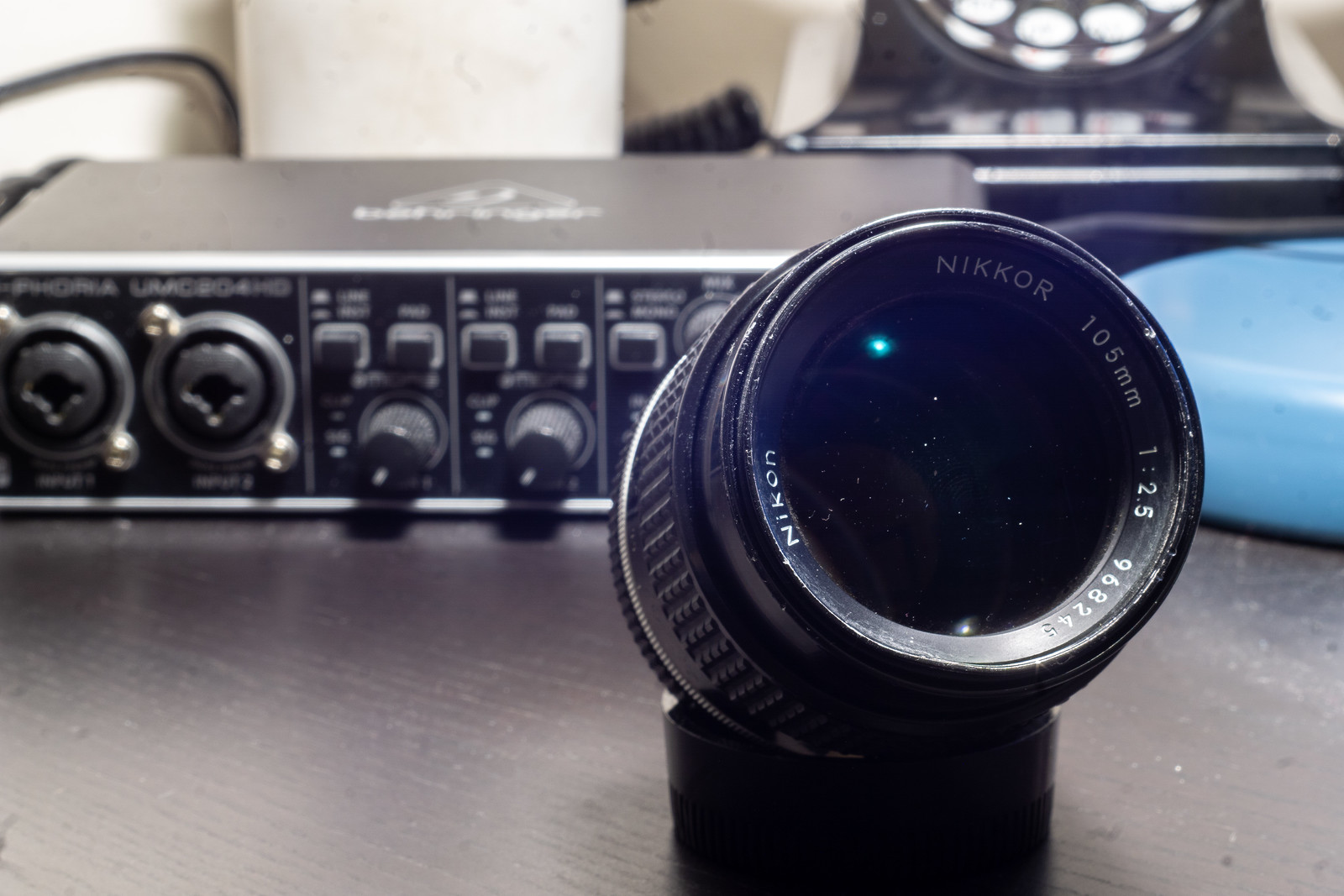
Lens Specifications
Make: Nippon Kōgaku K.K.
Model: AI-S Nikkor 105mm 1:2.5
Focal Length: 105mm
Focal Range: ∞ – 1m
Aperture: f/2.5 – f/22, 7 Blades
Structure: 5 Elements in 4 Groups
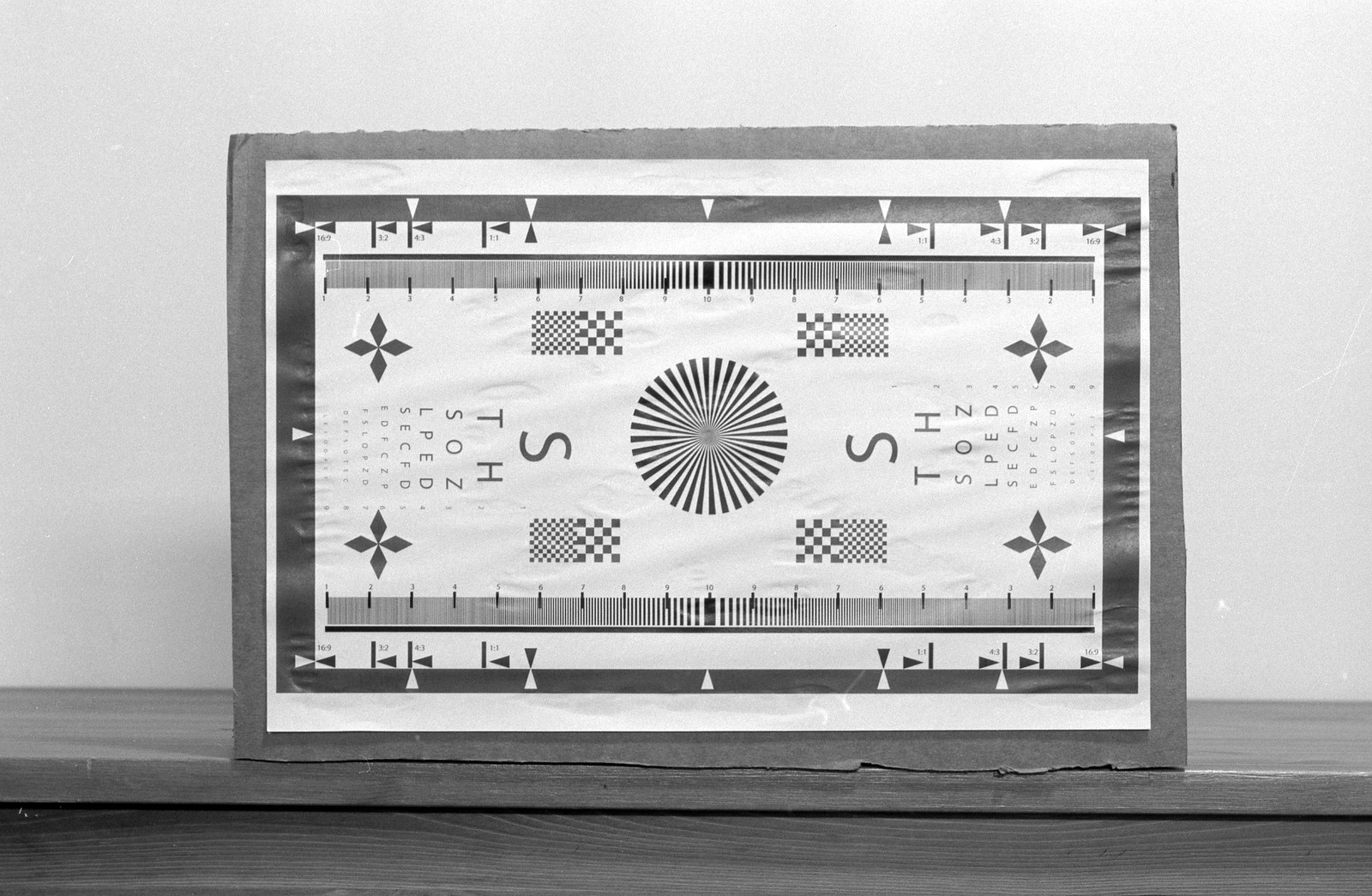
Nikon FE – AI-S Nikkor 105mm 1:2.5 – Kodak TMax 100 @ ASA-100 – Kodak D-76 (1+1) 9:30 @ 20C
Build Quality
There’s no plastic on this lens, like all manual focus Nikkor lenses the whole lens is made of metal and built to the same top quality that I have come to expect. Focusing is smooth, and the large ring means you cannot miss it in the field. The aperture ring is equally easy to operate and moves smoothly. One thing that I do enjoy with the lens is the integrated hood and the standard Nikon 52mm focus ring. The lens does have weight to it, but nothing overly challenging to carry around every day and doesn’t add too much to the centre of gravity on any camera you mount it on. I’ve used the lens on all my Nikon cameras with and without a motor drive. And even on the smaller FE/FM bodies, it feels natural in hand. The lens itself has seen a few changes throughout its life. Initially released in 1954, the Nikkor-P 10.5cm f/2.5 lens was the world’s fastest 100mm + lens at the time of the release and featured an optical build based on the Zeiss Sonar formula (5 Elements in 3 Groups). The design carried forward into 1959 with the released of the Nikon F. The design stuck for the next decade, in 1977 the AI version of the lens updated the optical construction to match a Xenotar design, being 5 Elements in 4 Groups. The change reduced the effects of aberrations in the images, and the design carried over to the AI-S version of the lens.
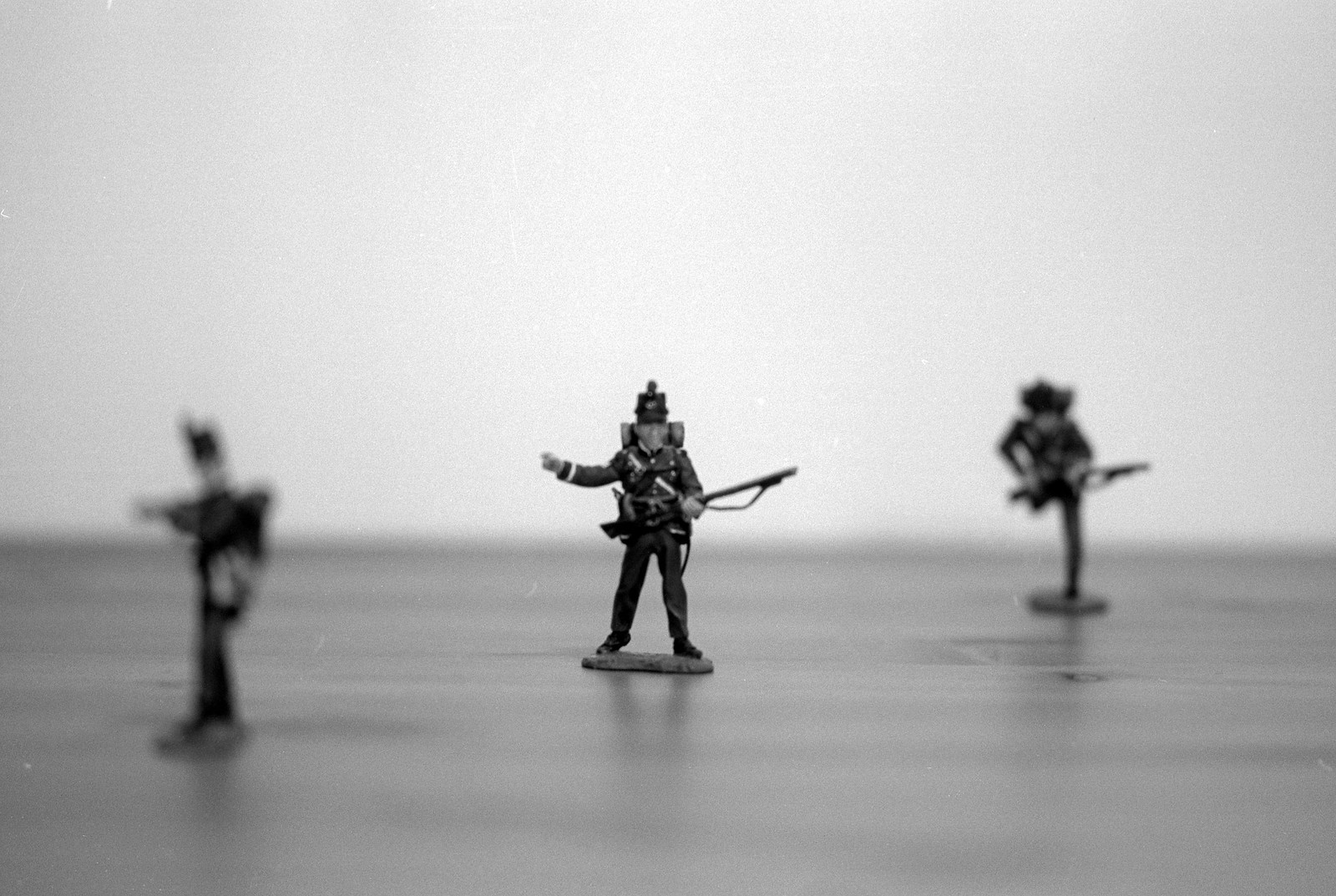
Nikon FE – AI-S Nikkor 105mm 1:2.5 – Kodak TMax 100 @ ASA-100 – Kodak D-76 (1+1) 9:30 @ 20C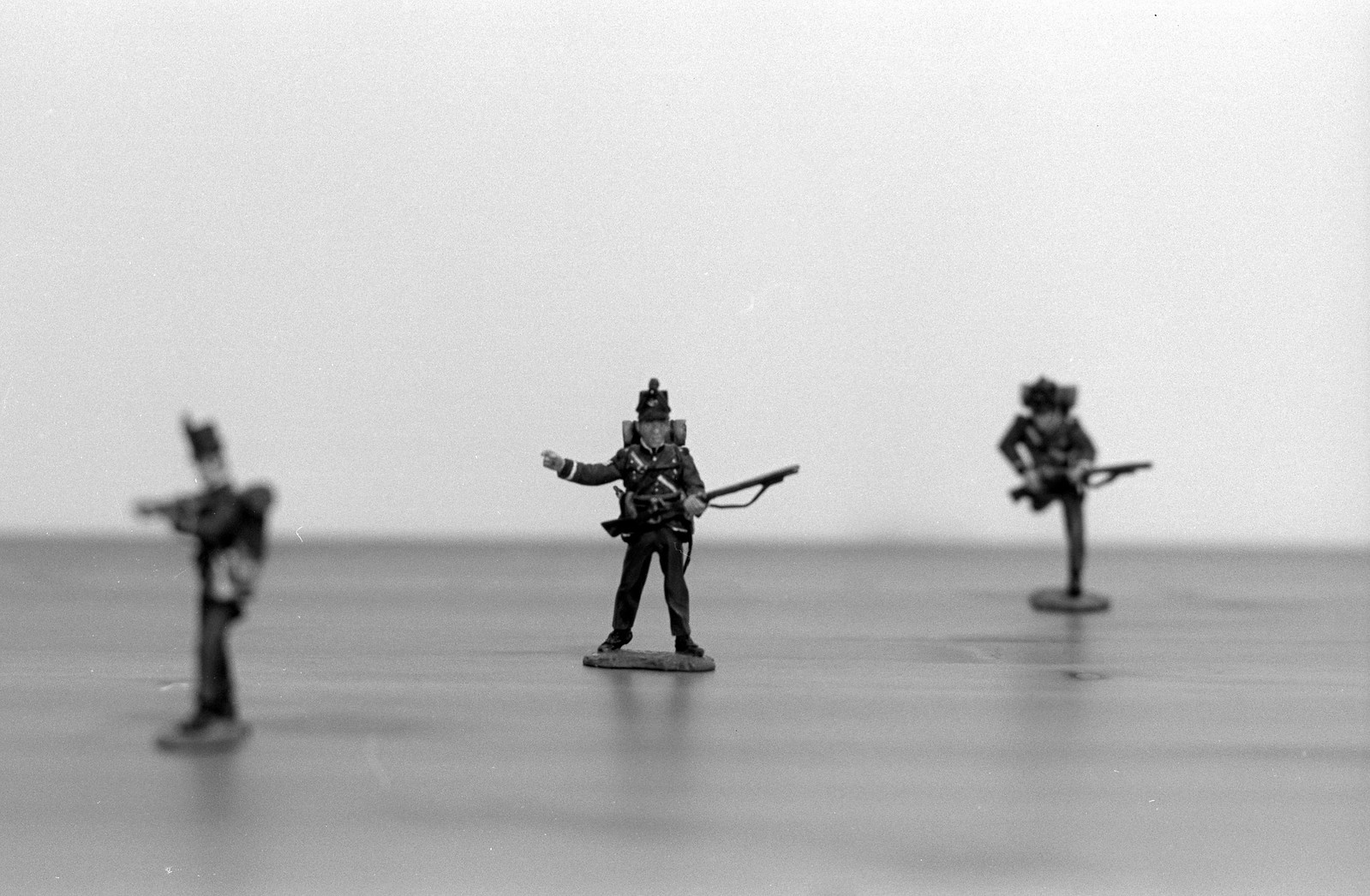
Nikon FE – AI-S Nikkor 105mm 1:2.5 – Kodak TMax 100 @ ASA-100 – Kodak D-76 (1+1) 9:30 @ 20C
Nikon FE – AI-S Nikkor 105mm 1:2.5 – Kodak TMax 100 @ ASA-100 – Kodak D-76 (1+1) 9:30 @ 20C
Nikon FE – AI-S Nikkor 105mm 1:2.5 – Kodak TMax 100 @ ASA-100 – Kodak D-76 (1+1) 9:30 @ 20C
Image Quality
I like to avoid the word perfect, but in the case of the 105/2.5, it’s hard. In the hands of a good photographer, the 105/2.5 is a powerful lens that delivers a fantastic optical experience. The lens has zero distortion thanks to the longer focal length. The one thing that did surprise me is that there’s no fall-off at the corners when the lens is wide open (f/2.5). At any aperture, you get sharp images although you do need to stop it down to get deep depth of field. But you aren’t often using this film for landscape work (although it could work). The seven-bladed aperture produces smooth out of focus elements. While I find it a little overstated at f/2.5 between f/4 and f/11, it is the most pleasing while keeping the in-focus elements sharp and snappy. The one thing you do have to watch out for is lens flare, thankfully the integrated hood certainly helps reduce that, and I do recommend using the hood when you’re photographing outside in hard sunlight. Optically there’s no fault at all with the 105/2.5 in any condition and at any aperture, although I find that the sweet spot is between f/5.6 and f/11.


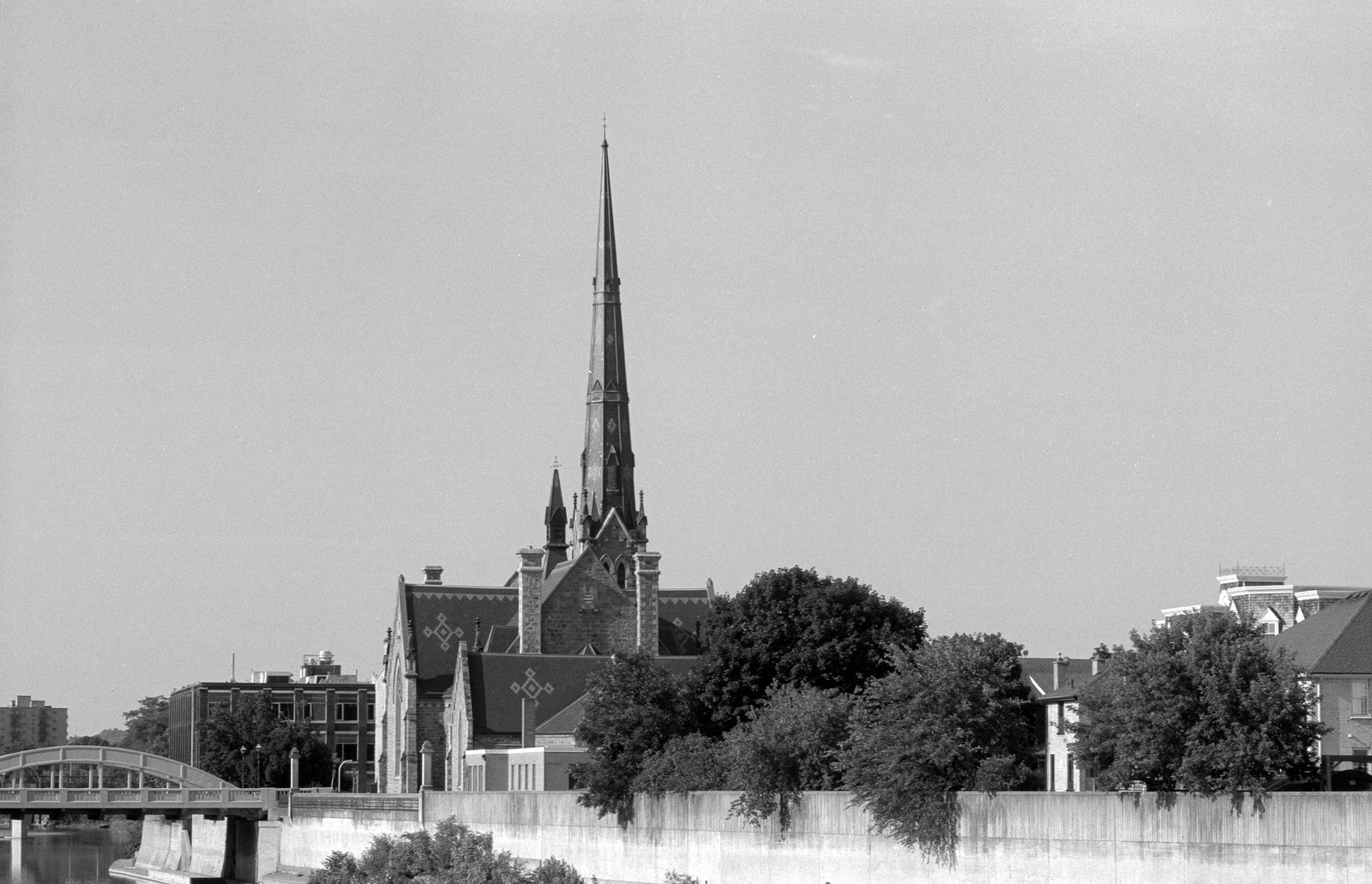


Applications
This lens has been my goto for street, travel, and portrait photography since I first got the lens. Its prime position in my kit came after a particular shot I got during my initial 52-Roll project. I caught a child, their face masked by their umbrella staring down a subway grate in the streets of Toronto. The fast f/2.5 allows for excellent subject separation and having the ability to stop down to f/22 makes it handy for even some limited landscape work if you want to get a tighter angle on a specific feature. But I’ve also used it for product shots of cameras if I have space and even indoor low-light situations. For me, it’s the perfect short telephoto for a three-lens kit when I’m travelling with my manual focus Nikon kit just if I need that extra reach. I used it extensively in New York City on my honeymoon. And the best part is that it works wonderfully on my Sony a6000 capturing some touching moments at weddings where I needed that extra reach. No, I can honestly say the only thing you don’t want to use the lens for is any close focus work, with a limit to 1m at the minimum you might not be able to get the subject in tight to the frame. But Nikon does have some excellent Macro lenses that will do the trick, just not this one.
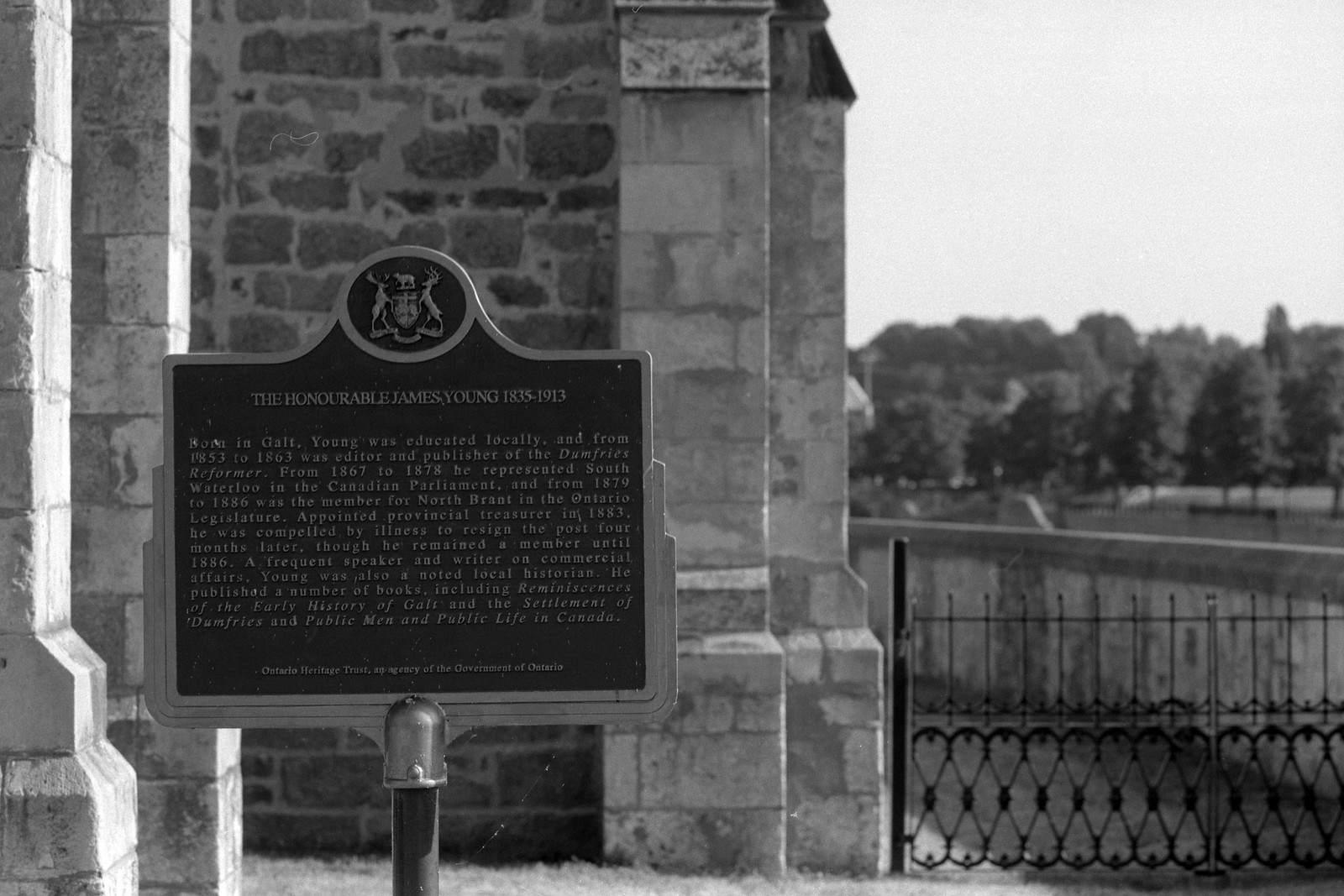
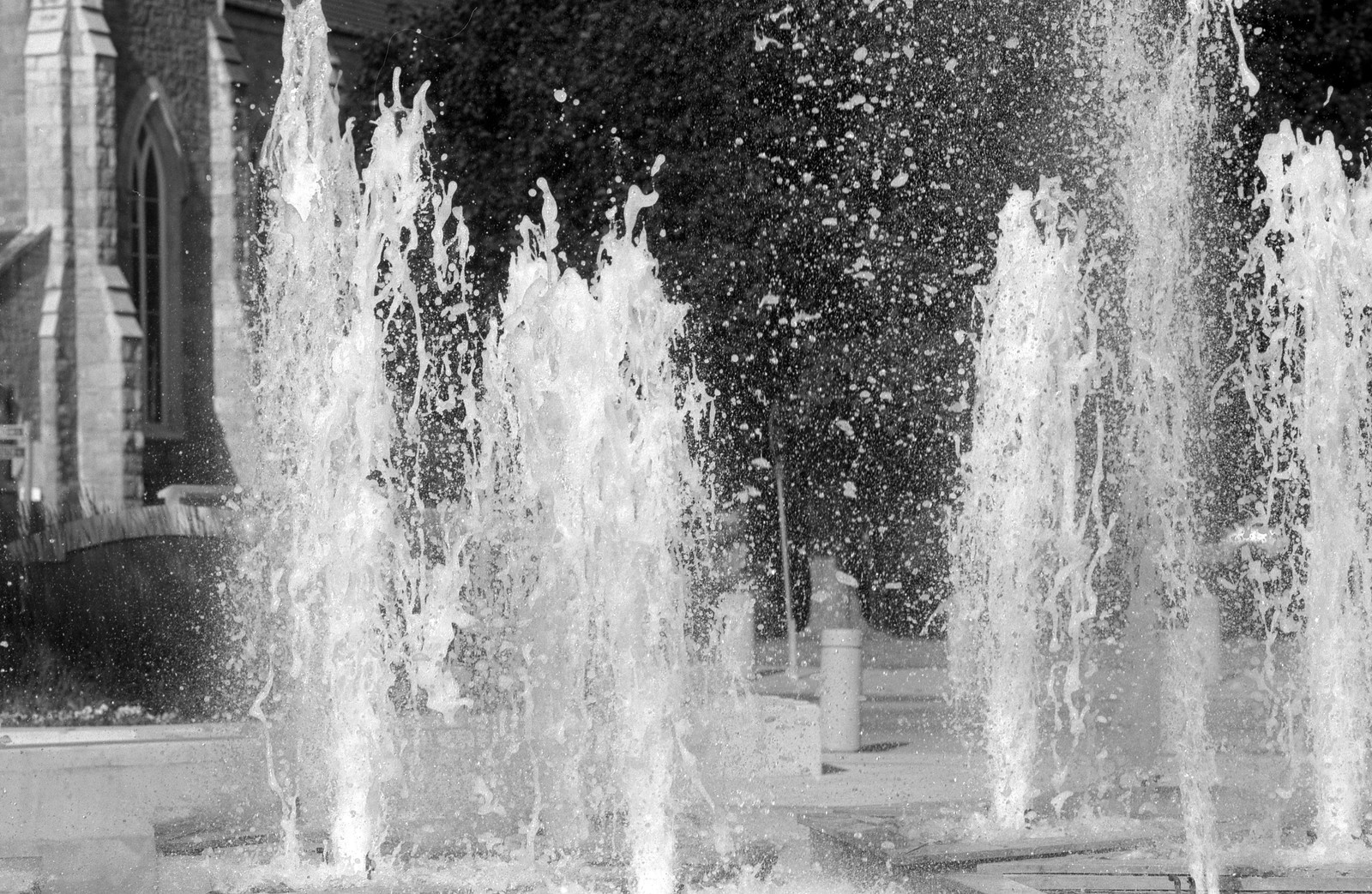
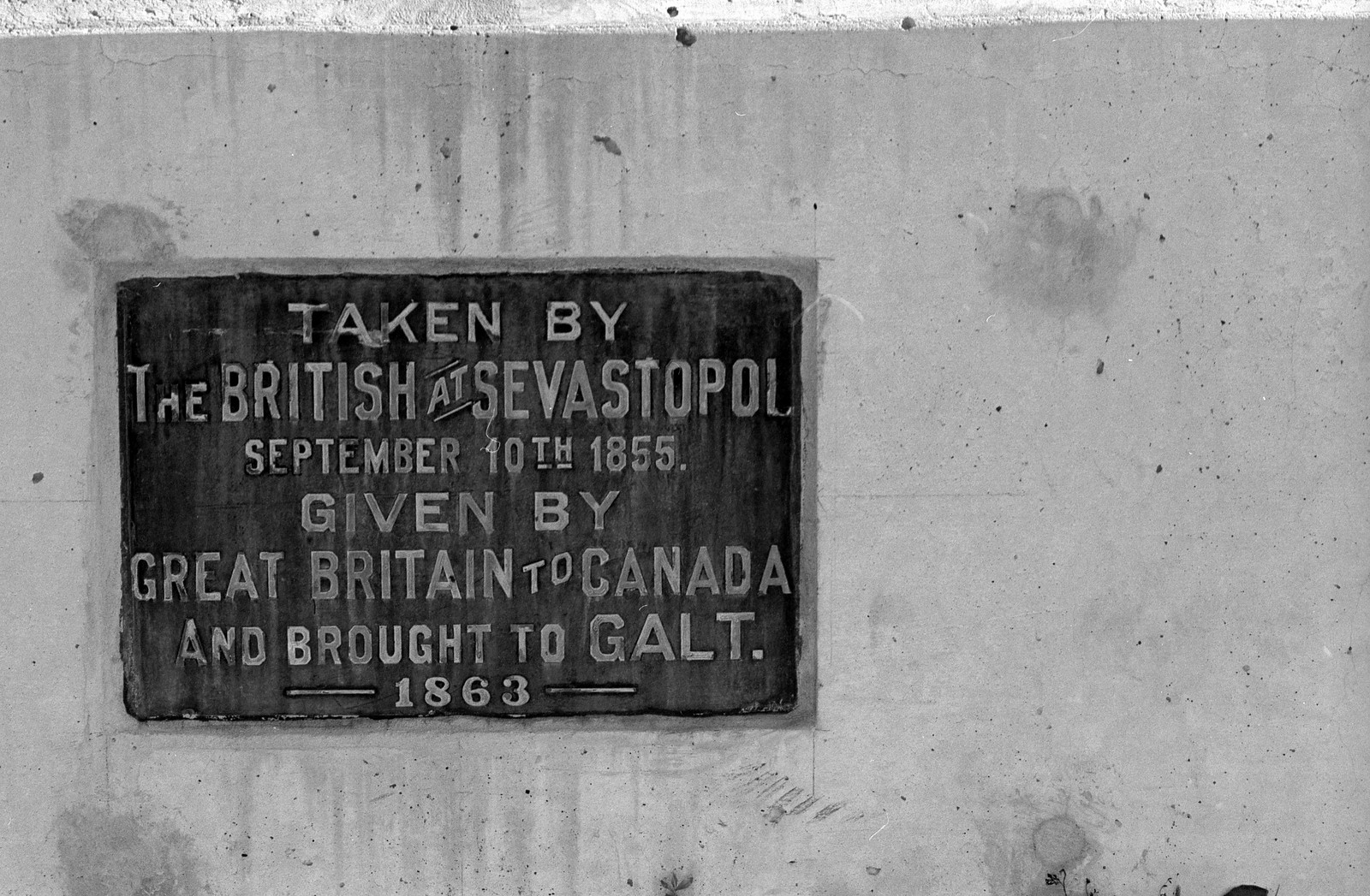
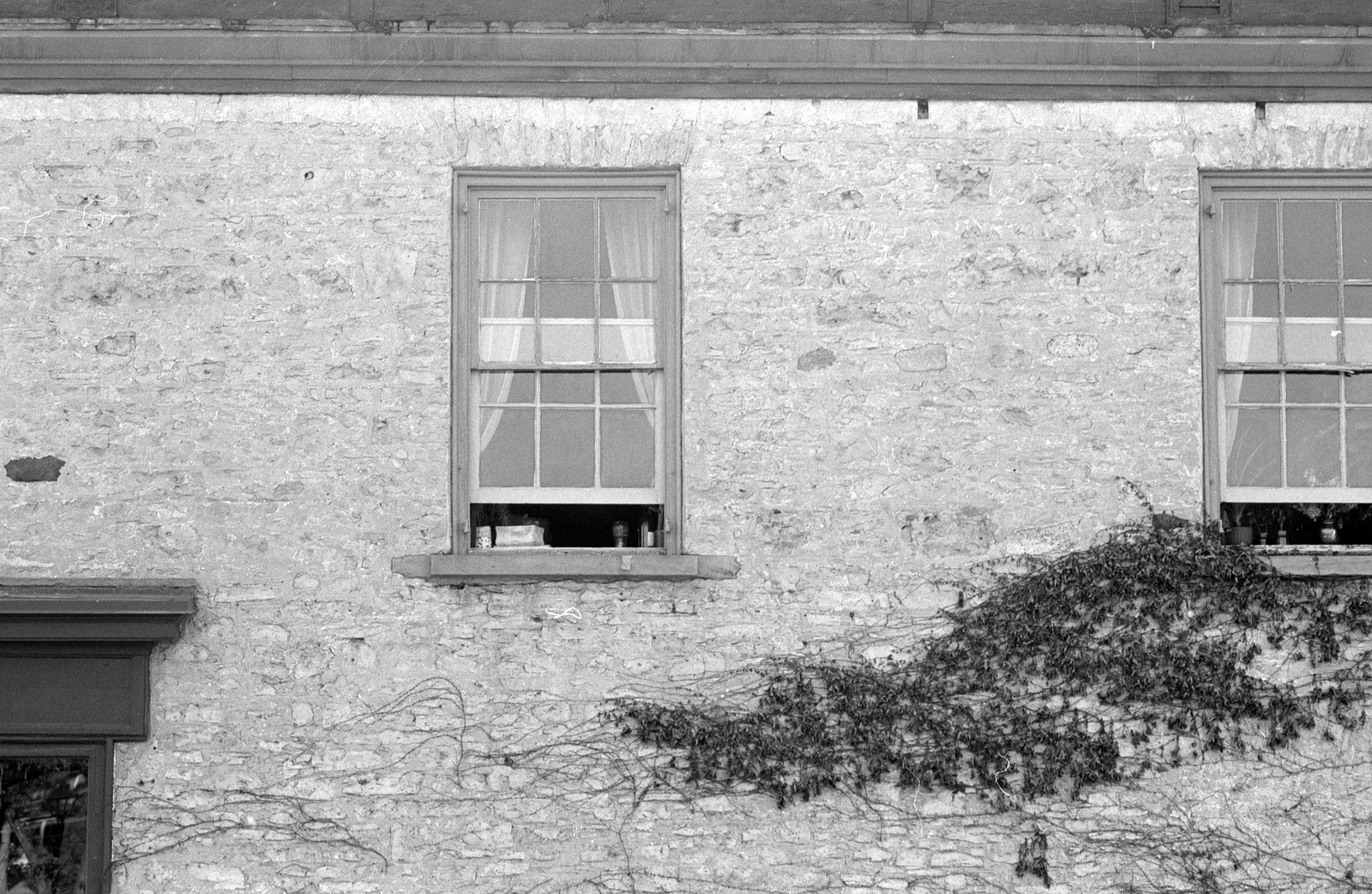

The Low Down
I’m not going to say you need this lens, but if you’re a serious manual focus Nikon photographer, then you need this lens. While it does work on many modern Nikon cameras both 35mm and digital, it does look a little funny on the newer bulkier bodies. Despite their iconic status, you can get your hands on one for a fair price; the AI versions run between 150 and 200 dollars. And even if it is the AI version, it will still work on older Nikon bodies and newer ones as well. If you have a bit more cash, then an AI-S will run between 220 and 300 dollars these days. Of course, if you are just shooting with older Nikon F2, F’s and FT(n) Nikkormats, a pre-AI version with the earlier optical build is a good choice, and they cost between 150 and 200 dollars. You might even find one that has been AI Converted to allow it to function on newer bodies without any adjustments to the lens mount. And while you might not catch an iconic image like McCurry, it certainly adds a nice dimension and class to your kit.
Further Reading
Don’t just take my view on the Nikkor 105/2.5, check out these other reviews.
Ken Rockwell – AI-S Nikkor 105/2.5 Review
Casual Photophile – Nikon Nikkor 105mm F/2.5 – Nikon’s Most Famous Portrait Lens
Medium.com – Nikon Nikkor 105/2.5 Review
Russel Bloodworth Photography – The Vintage Lens that turned me to Manual, the Nikon 105/2.5
Nikon.com – The Thousand and one nights No. 5